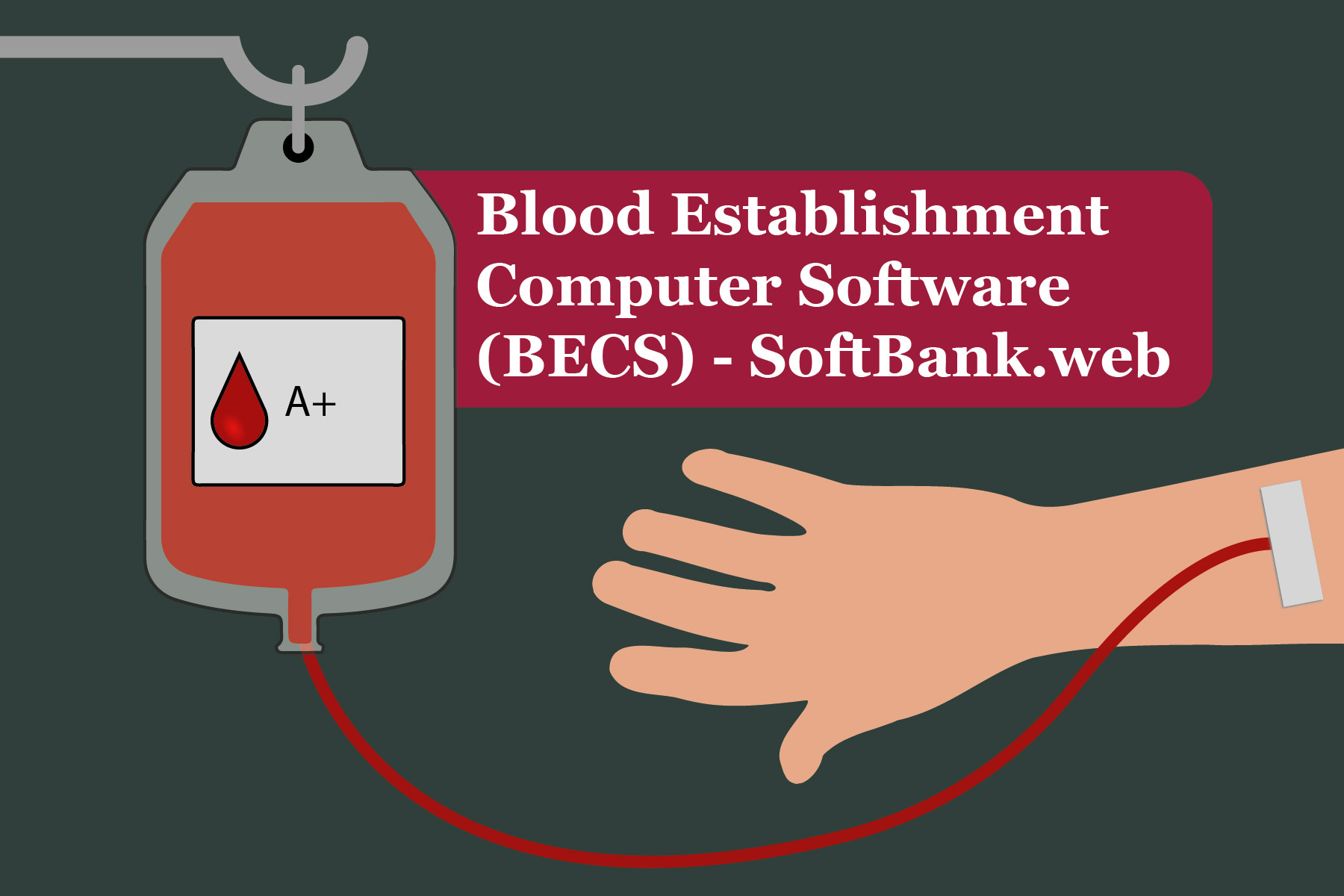Happy National Blood Donor Month! We celebrate the first month of the year as the National Blood Donor Month, and in honor of that we are highlighting a recently FDA-cleared Blood Establishment Computer Software (BECS), the SoftBank Version 25.6.1.0, also referred to as SoftBank.web.
But what exactly is Blood Establishment Computer Software? This functional software is specifically designed for managing all components and data relating to blood transfusion events. The generic BECS features include digital registration and logging of patient and blood-related data, blood compatibility testing, valid patient identification, and blood component monitoring. To put it simply, BECS is a complete package for handling, managing, and monitoring patient blood-related data which is required during blood donation or transfusion events.1
In 2020, 11 BECS were granted market clearance by the FDA through 510(k), with SoftBank.web being the most recent in December 2020 using their previously released version, SoftBank 25.5.0.0, as the predicate.2 With SoftBank.web marketed as a BECS, I knew that it would have all the formerly mentioned generic features. But, following my research, I found some distinctive features which would also partly define it as an API-tool or a blood-component data resource manager like a mini-ERP.
Coming to features, this system provides single to multisite services in healthcare facilities. One of the distinctive features is that it grabs data from various systems and shows it in an integrated user interface. From a software perspective, this is an impressive dynamic UI, where the system is securely communicating with other systems to get data from many sources. Another vital feature is the “Audit Trail” or logging of every activity. SoftBank.web records activities relating to quality control testing, patient tests, blood transfusion history, and product, inventory, and transfusion data management.3 In any software application, logging data contributes to the aspect of data quality and truly signifies the quote stated by GoDaddy’s founder, Bob Parson, “Anything which is measured and watched improves.”
System validation is an important part of any software. At EMMA International, we provide software validation and verification services, and from my experience, I can confidently state that software validation is the most significant step for any Software as a Medical Device (SaMD). This step also means that you are making your app FDA compliant. With patient safety being a priority, the released software should not possess anomalies as it would risk patient data and produce issues in overall output. Hence activities such as software requirements and architecture documentation, performing unit testing, and logging/mitigation of identified hazards verify and validates the software. In the end, these activities make the software systems more secure, safe, effective, qualified, and overall, robust enough to be used clinically.
To sum up, one of the most sophisticated BECS currently present is the SoftBank.web 25.6.1.10. Besides having generic BECS features, it facilitates system intercommunication, detailed logging, and quick information retrieval of patient-related blood transfusion activities which adds up to the overall system quality. Do you have a blood establishment computer software or a SaMD tool that needs FDA approval? Contact us at 248-987-4497 or info@emmainternational.com for additional information.
1Cornell Law School (June 2018). 21 CFR § 864.9165 – Blood establishment computer software and accessories. Retrieved on January 19th, 2021, from https://www.law.cornell.edu/cfr/text/21/864.9165#:~:text=Blood%20establishment%20computer%20software%20(BECS,for%20further%20manufacturing%20into%20products.
2FDA (December 2020). 510(k) Blood Establishment Computer Software – 2020. Retrieved on January 20th, 2021, from https://www.fda.gov/vaccines-blood-biologics/substantially-equivalent-510k-device-information/510k-blood-establishment-computer-software-2020.
3FDA (December 2020) BK200531 – SoftBank Version 25.6.1.0. Retrieved on January 19th, 2021, from https://www.fda.gov/vaccines-blood-biologics/substantially-equivalent-510k-device-information/bk200531-softbank-version-25610.





